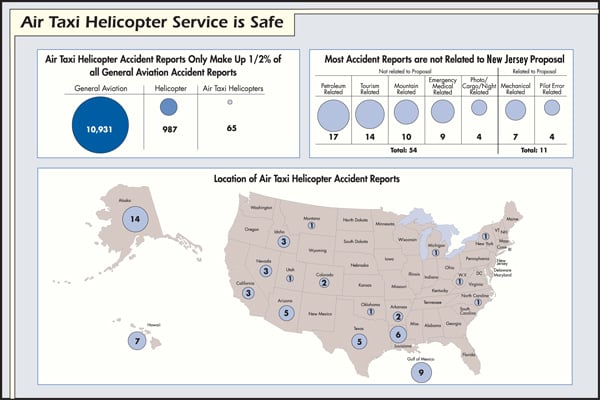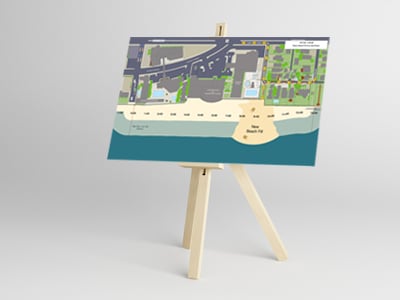Because maps are used by jurors constantly in their daily life and because they are so frequently used to represent common locations and processes, they are one of the most frequently used and most effective types of demonstrative evidence. Whenever something can be conveyed geographically, through the use of space, it is worth considering the use of a map. Even though maps don’t always represent the highest and newest technology, their importance cannot be underestimated.
In the words of Ray Moses of the Center for Criminal Justice Advocacy, which was formed in Texas as a grass-roots training resource to help new lawyers in becoming competent criminal trial practitioners: “Visuals (graphics) such as time lines, charts, illustrations, maps, etc. are sufficiently important to communicating your message that you owe it to your client and yourself to learn how to incorporate visuals into your presentation.”
We have used maps in any number of ways as demonstrative evidence to help make our clients’ cases understandable to juries and judges. Here are a few of them.
The demonstrative exhibit below is a screen capture of a PowerPoint interactive trial presentation developed to show that an area was not actually a wetland. Specific spots on the map are pegged to portions of a video that show that there is no water channel in the affected area.
The below animated demonstrative map is a screen capture of a PowerPoint interactive demonstration developed to show how New York City gets its water supply. The demonstrative graphic successfully combines the known geography of the New York State region with the actual flow of water from the reservoirs.
The next demonstrative exhibit, below, is a screen capture of a PowerPoint trial presentation developed to show how a conflict of interest was vetted in a government contracting False Claims Act dispute. This map is an excellent example of demonstrative evidence. It shows the entire United States and the locations in which vetting officers were located.
The final piece of demonstrative evidence is a map of the United States showing where various air taxi helicopter accidents occurred, to show that they are a very small percentage of all general aviation accidents.








Leave a Comment